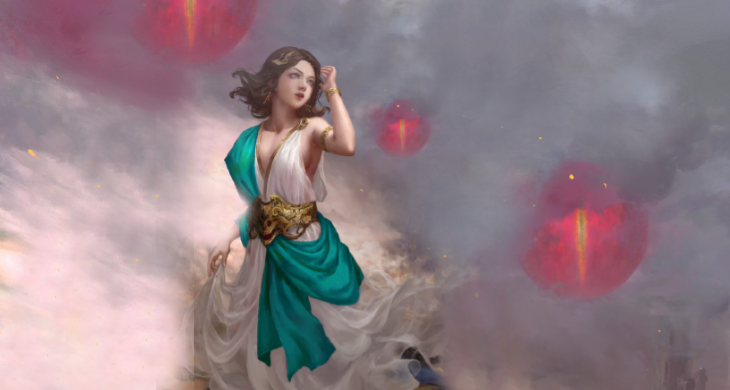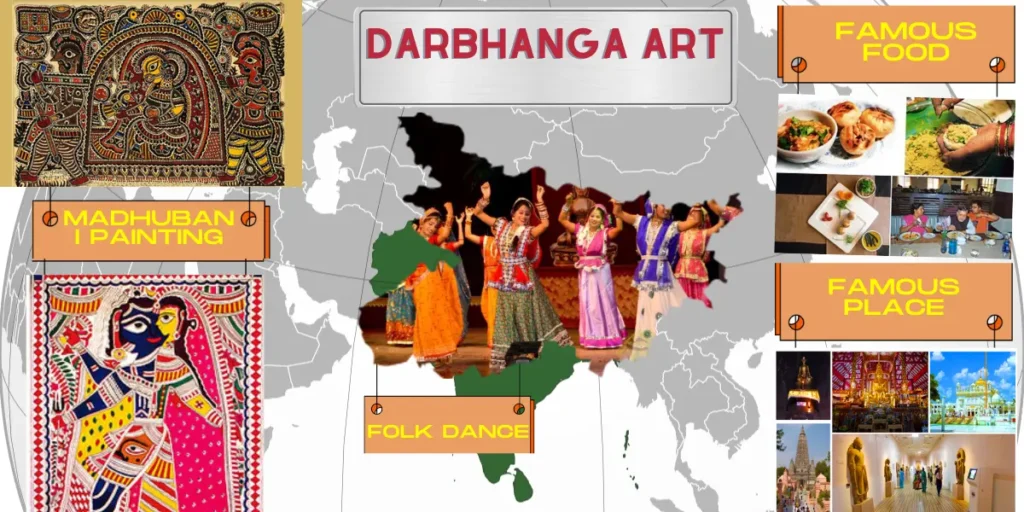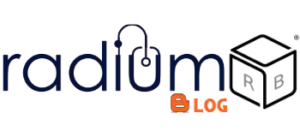Art has always been a reflection of the human imagination ,creativity ,and emotion. With the advent of artificial intelligence (AI) ,a new era of artistic expression has emerged ,pushing the boundaries of what is possible in the world of arts. From generating masterpieces to assisting artists in their creative process ,AI has left an indelible mark on the art world. In this comprehensive article ,we will explore the many facets of how AI is reshaping the artistic landscape ,delving into various applications and its impact on different art forms.
Unleashing the Power of AI in Visual Arts
Artificial intelligence has opened up a world of possibilities in visual arts, empowering artists and enthusiasts alike to explore uncharted territories. From generating awe-inspiring digital art to enhancing traditional art techniques, AI has become a powerful tool for painters, photographers, and designers.
AI-Generated Art: A Blend of Creativity and Algorithms
AI-generated art is a fascinating convergence of human creativity and machine algorithms. Using deep learning models, AI can analyze vast datasets of artwork and generate new pieces based on learned patterns. This revolutionary approach has led to the creation of mesmerizing artworks that challenge conventional norms and inspire new artistic directions.
Enhancing Artistic Techniques with AI
For traditional artists, AI offers a wealth of tools to augment their artistic techniques. From AI-powered brushes that adapt to an artist’s stroke to software that transforms sketches into intricate illustrations, artists can now explore novel ways to bring their visions to life with the assistance of AI technology.
Redefining Music Composition with AI
Music has long been regarded as a Reflection of Human Emotions and Experiences. AI is now playing a significant role in the composition and production of music ,elevating the art form to new heights.
AI-Generated Music: An Innovative Symphony
Through machine learning algorithms, AI can analyze vast collections of music and create original compositions that encompass various genres and styles. This novel approach to music composition has led to the birth of unique and experimental melodies, expanding the boundaries of musical expression.
Collaborative Performance: Humans and AI in Harmony
In the realm of live performances, AI has become an intriguing collaborator for musicians. From intelligent accompaniment systems that adapt to the musician’s cues to AI-driven improvisation, artists can now engage in harmonious partnerships with AI during concerts, creating unforgettable musical experiences for the audience.
AI’s Influence on Literature and Writing
The written word has been a cornerstone of human expression for millennia. With the integration of AI, the landscape of literature and writing has undergone a transformative shift.
AI-Generated Literature: Exploring New Narratives
AI-generated literature has sparked both excitement and debate in literary circles. By analyzing vast literary databases, AI can produce prose and poetry that mimic the styles of renowned authors. This raises questions about authorship and creativity, but it also opens doors to new narrative possibilities that challenge our understanding of storytelling.
AI as a Writing Assistant
Writers often face the daunting task of overcoming writer’s block and refining their work. AI-powered writing assistants, equipped with natural language processing capabilities, can now provide valuable suggestions, grammar corrections, and content improvements, easing the writing process and enhancing the quality of written works.
AI and the Performing Arts
Performing arts ,such as theater and dance ,have embraced AI’s potential to create innovative and interactive experiences for both performers and audiences.
Interactive AI-Powered Performances
AI’s integration into the performing arts has led to interactive experiences that blur the lines between the stage and the audience. Through real-time data analysis, AI can respond to audience input, altering the performance dynamically and forging a deeper connection between the performers and spectators.
AI in Choreography and Movement Analysis
In the world of dance, AI has become a valuable tool for choreographers and dancers alike. By analyzing movement patterns and suggesting new sequences, AI contributes to the creative process, enriching dance performances with fresh and inventive movements.
AI-Driven Art Curation and Recommendation
In the age of digital content overload, AI has proven to be an invaluable tool in curating and recommending art to enthusiasts based on their preferences.
AI-Based Art Curation in Galleries and Museums
AI algorithms can analyze visitors’ interests and preferences, enabling galleries and museums to curate exhibits tailored to individual tastes. This personalized approach enhances the overall experience for art enthusiasts, fostering a deeper appreciation for the artworks on display.
AI-Powered Art Recommendations in the Digital Space
In the digital realm, AI algorithms play a pivotal role in recommending art to users based on their browsing history and interests. Whether it’s suggesting paintings, music, or literature, AI-driven recommendations help users discover new and exciting art that aligns with their tastes.
The Ethical Implications of AI in Art
As AI continues to permeate the art world, it brings along ethical considerations that demand thoughtful exploration.
AI and Copyright Issues in Art
The rise of AI-generated art has sparked debates over copyright and intellectual property. Questions surrounding ownership, authorship, and fair use in the context of AI-generated artworks require careful legal and ethical considerations.
Preserving Human Creativity and Authenticity
While AI can produce impressive art, preserving the essence of human creativity and authenticity remains a critical aspect of the artistic process. Artists and society must strike a balance between embracing AI as a tool and preserving the uniqueness of human artistic expression.
The Rise of AI in Image Generation
In the past few years, there has been a significant surge in the use of AI for image generation. This advancement has revolutionized traditional visual creation methods, opening up endless possibilities. Powered by machine learning and deep neural networks, AI algorithms can analyze extensive data and learn intricate patterns, resulting in highly realistic and artistically impressive images.
The emergence of AI in image generation has unlocked fresh possibilities for creative expression. Artists and designers can now harness this potent tool to delve into groundbreaking concepts, surpass limits, and give form to their artistic visions.
According to Adobe, Firefly, as an integrated model within their products, will provide generative AI tools tailored to meet the creative requirements and workflows of users.
FAQs

Ques. Can AI replace human artists entirely?
Ans. AI can produce remarkable art, but it cannot replace the human touch and emotional depth that human artists bring to their creations. Instead, AI complements and empowers human creativity, leading to exciting collaborations and new avenues for artistic expression.
Ques. What are some famous AI-generated artworks?
Ans. Some well-known AI-generated artworks include “Portrait of Edmond de Belamy” by Obvious Art, “The Next Rembrandt” by Microsoft, and “AICAN” by Rutgers University.
Ques. How does AI impact art appreciation?
Ans. AI enables personalized art recommendations, enhancing the art appreciation experience by introducing viewers to artworks that resonate with their tastes. It also opens doors to interactive and immersive art installations, enriching the overall viewer experience.
Ques. Is AI-generated literature considered authentic writing?
Ans. AI-generated literature raises intriguing questions about authenticity and authorship. While AI can produce texts in the style of famous authors, the concept of authorship becomes complex when a machine generates the content.
Ques. Can AI help aspiring artists improve their skills?
Ans. Absolutely! AI-powered tools can assist aspiring artists in refining their techniques, providing valuable feedback and guidance to enhance their creative journey.
Ques. What are some challenges in integrating AI with performing arts?
Ans. One significant challenge is ensuring that AI seamlessly integrates with the live performance, maintaining spontaneity and emotional connections. Technical glitches and reliance on AI can also affect the authenticity of the performance.
Conclusion
AI is a transformative force in the world of arts, revolutionizing the way art is created, curated, and experienced. Its ability to augment human creativity while offering new tools and possibilities signifies a bright and innovative future for artistic expression. As AI continues to evolve, we must navigate the ethical complexities and ensure that art remains a testament to the human spirit.




